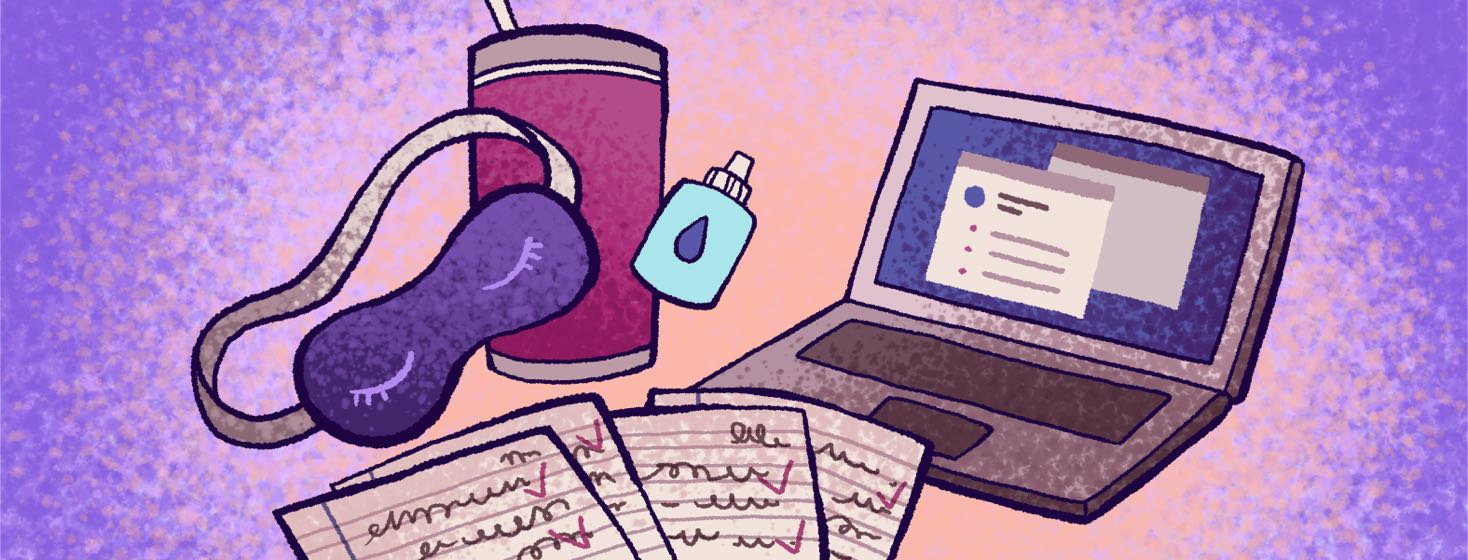Learning to Teach with Chronic Dry Eye
Chronic dry eye first hit me in the middle of a school year. It made getting through my day as a middle and high school English teacher a challenge. I had to learn to teach with this condition. I had to manage my pain and symptoms so that I could still do the job that I love.
Changing my habits
Reading and grading papers became difficult. Giving students attention became difficult. The constant pain was a constant distraction. When my students and coworkers spoke to me for long periods, I almost waited with anticipation for them to finish because maintaining eye contact for so long was uncomfortable. I felt like I was blinking constantly, and I was easily irritated and anxious on the inside yet unable to show it.
Slowly, I learned how to cope with my dry eyes, and I integrated strategies into my life to help my days become more bearable. This began with setting my alarm clock about ten minutes earlier than usual to have time to use my heated eye mask before school. I would wake up, put in drops, use my mask, and then put in drops again afterward.
Other adjustments
A healthy diet has been a big part of my recovery process as well, so I spend extra time meal prepping for breakfast and lunch. I bring my lunch to school every day.
I learned that reading and grading papers and doing computer work is best done in the morning. My eyes feel the freshest then, and I am able to concentrate better. This works well with my schedule, as my planning period is at the beginning of the day. I also lowered my computer screen so that I don’t have to open my eyes as wide to see it; this seems to be more comfortable.
I learned to drink lots of water throughout the day. I keep a Yeti cup on my desk and close my eyes and drink as much as I can at one time. Staying hydrated helps my eyes feel more hydrated as well.
Helping me teach
I also keep eye drops readily available in my desk so that I can use them when I need them – even in the middle of teaching if necessary. I am open with my students about my dry eye condition.
I do find that if I am fully engaged in teaching, my mind is often distracted from the pain. An hour will pass, and then I’ll realize that I did not even think about my eyes for that period.
Adapting to the situation
Over time with different treatments, my eyes have improved. But when my eyes were at their worst, my eyes would be completely done by the end of the school day. As soon as I got home, I would wash my face and use my eye mask again. I would generally have time to close them and rest for about 30 minutes. This served as a good reset before evening activities like my kids’ ball games or church.
Teaching is a challenge in and of itself. Teaching with dry eyes adds another level of complication. This experience has shown me that just like my students, we teachers never stop learning or adapting. Fortunately, I’ve improved and adopted tools that make my job manageable.
How have you managed your dry eye condition at work?

Join the conversation